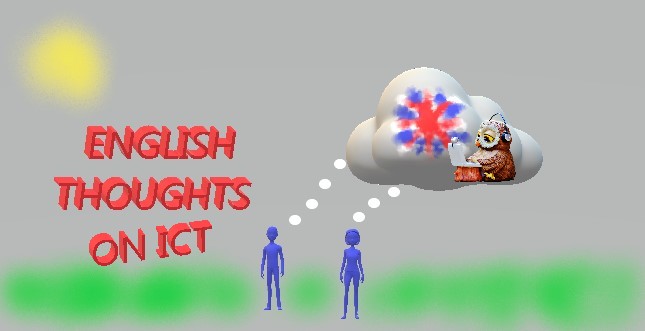As you already know, I love sharing my stories with you. They are really important to me and I want to show you how I am. I'm preparing my personal video about how I became a secret agent. But in the meantime, my teacher friend has already posted his video in an educational collaborative project worldwide called "The World is My Audience" and specifically on #twima 8 - We All Have A Story! where you can find the video contributions.
The videos are uploaded to Flipgrid, a video discussion platform used both by students and educators around the world. Usually teachers post topics to start the conversation and students respond. In this project the topic is "What is your story?", so every teacher with a story to share has the chance to post a video and share it with the world. It is really useful to watch the different experiences your colleagues are sharing and learn from them. If you're planning to use this platform with your students, this is how it works:
First you have to create a discussion board and share the link with your class. Then your students must record their videos to reply to one another and to take the discussion a step further.
There are several ways to use this platform, so your students can use it to debate or reflect on a topic, to give some advice, to reflect on their learning process, to practice oral skills in the Language class, or simply use it as a brainstorming activity (ask your students how can they use Flipgrid and the answers might surprise you). In some cases you only have to think about the question you want to ask your students and let their answers flow and become rewarding for your class.
There are some issues that must be taken into account when planning an activity using Flipgrid: some children can be reluctant to share their stories just because they are not fluent enough or they are shy. To avoid this problem it is important to offer support and if they're not able to build a fluent speech, there are some 'tricks' like using this software called Autocue's free online teleprompter where they can read while they speak, and then encourage them to try a short speech later without it. For the language teachers is a great tool to improve students'oral skills so in one way or another they are improving their speech. If the activity is carried out in the ICT classroom, you need to make sure that you have the required equipment (laptops, webcams or video cameras) because usually in most ICT classrooms there are only PCs. Remember also that Flipgrid offers the chance to upload your own video recorded out of the platform (only MP4, MOV and WEBM files) with a maximum file size of 250 Mb, just in case you don't have a webcam and you want to record it with your video camera.
And now my friend is really excited about sharing his first experience as a Secondary Education teacher, so here is his video.
Now sharing personal experiences and discovering others’ through #twima8. Come on and share yours!! #ictclil_urjc
Take a look! https://t.co/e8rw0mAspu pic.twitter.com/WaCyDDdSX5— Alex M (@Alextchr) 1 de mayo de 2018







